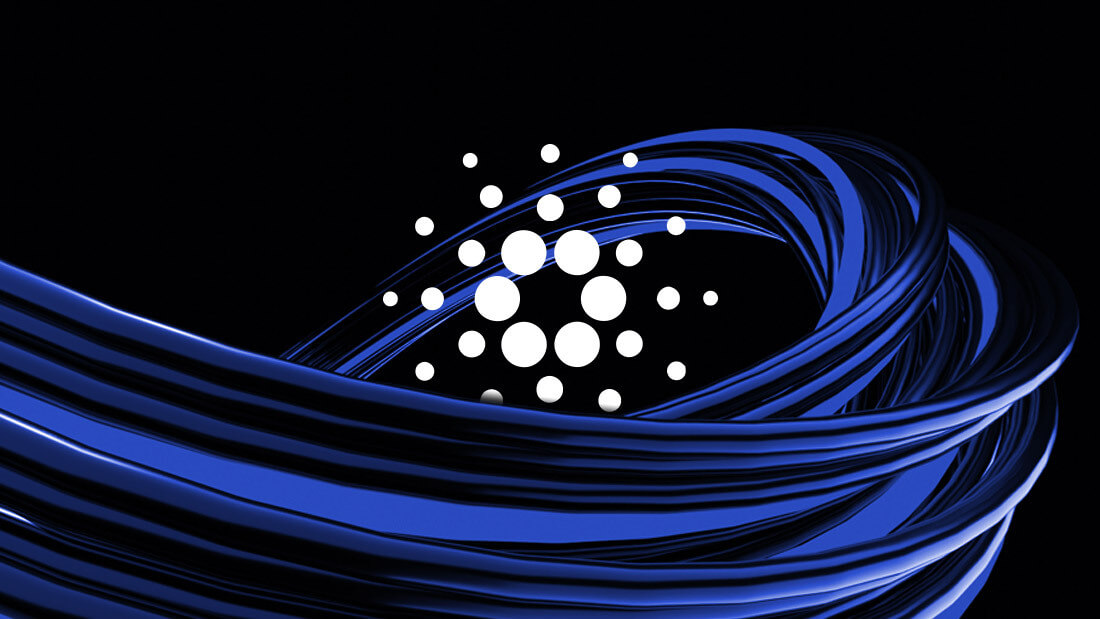A GitHub publish by Cardano software program engineer Sebastian Nagel detailed updates to the 0.2.0 model of Hydra.
Haskell developer Matthias Benkort, through his Twitter @_KtorZ_, chimed in by saying regular progress is being made with the undertaking shifting nearer to the testnet stage.
“Subsequent steps, we’ll concentrate on on-chain validations and shutting the hole in direction of testnet!“
Preliminary estimates put a late 2022 launch for Hydra. However, given Benkort’s phrases, ought to we anticipate a ahead of anticipated rollout?
What’s Cardano Hydra?
All permissionless blockchains should overcome the issue of reaching a consensus on every transaction introduced.
This problem is problematic when making an attempt to realize a throughput at scale, comparable to dealing with real-world duties. Particularly when taking into consideration community charges, defending in opposition to flooding assaults (DDoS), and the right way to cope with storage.
IOHK says they thought of these elements and designed Hydra as the last word answer to assembly these challenges.
“Hydra is a layer 2 scalability answer that seeks to handle all these considerations and goals to maximise throughput, reduce latency, incurring low to no prices, and enormously lowering storage necessities.”
It achieves this by a course of dubbed isomorphic scaling, which works by processing transactions off the primary chain for some customers, whereas reserving the primary chain as a safe settlement layer.
Drilling deeper, Hydra makes use of the idea of isomorphic state channels. This reuses the identical ledger illustration to yield uniform, off-chain ledger siblings – often called “Heads.”
Due to this fact, native belongings, non-fungible tokens (NFTs), and Plutus scripting can be found inside each Hydra Head. Isomorphism permits for a pure extension of the system, as an alternative of a “bolt-on” answer.
That is analogous to sharding, through which processes are cut up throughout completely different partitioned ledgers. However Hydra has the benefit of sharding processes with out sharding the ledger itself.
By including extra Hydra Heads, linear scaling could be achieved. And with a touted 1,000 transactions per second (TPS) per Head, a 1,000 Head system might yield speeds of 1,000,000 TPS.
How is Hydra progressing?
Again in September, Nagel estimated a launch date between six and twelve months. This, he stated, would rely upon the analysis and experimentation, plus neighborhood suggestions. As such, many have been anticipating a late 2022 rollout for Hydra.
Nevertheless, given the current GitHub replace, extra so Benkort‘s optimistic tweet on progress and approaching the testnet section, might Hydra be forward of schedule?
“Regular progresses on the #Hydra proof-of-concept with one other pre-release: end-to-end #Cardano node integration (on a personal cluster), it’s one thing.”
Benkort didn’t put a time scale on when the testnet would launch, neither is it identified how lengthy the testnet would run for.
However, all the identical, the discharge of Hydra would mark one other main milestone for Cardano. And one other step in direction of its purpose of optimistic world change.
CryptoSlate Publication
That includes a abstract of a very powerful day by day tales on this planet of crypto, DeFi, NFTs and extra.
Get an edge on the cryptoasset market
Entry extra crypto insights and context in each article as a paid member of CryptoSlate Edge.
On-chain evaluation
Value snapshots
Extra context
Be part of now for $19/month Discover all advantages


